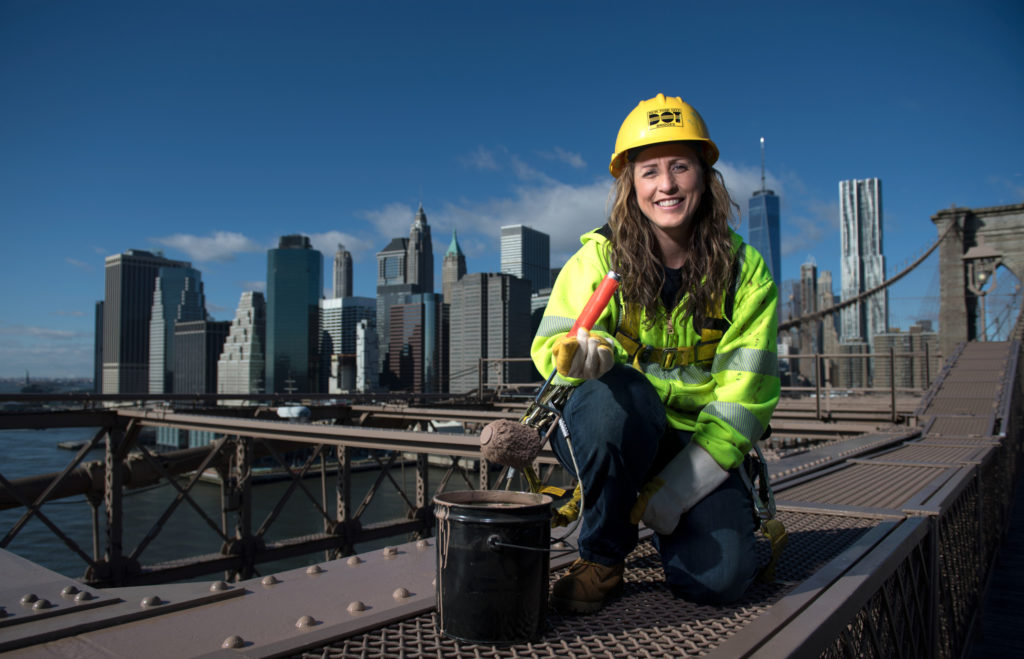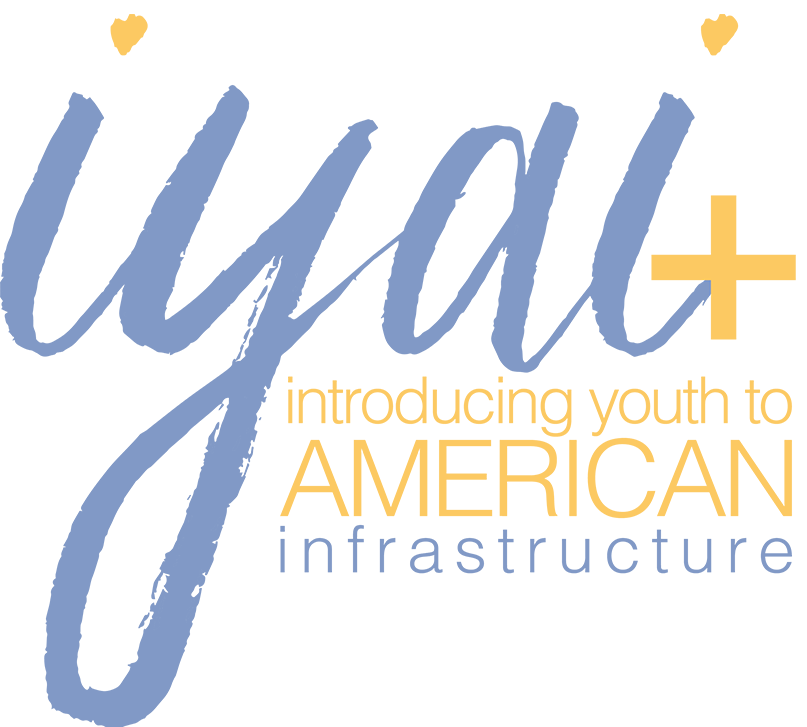
“Jobs To Move America”
What does Inclusive Infrastructure mean for your city?
Economic Benefits
- Economic research indicates that if $50 billion was invested in bus and railcar equipment with 90% domestic content, that investment would create or support over 420,000 American jobs.
- Compared to the average American worker, 12-15% more manufacturing workers hold full-time jobs and receive health insurance and retirement benefits.
Sustainability
- Equitable infrastructure can help curb urban air pollution, slow global warming, and decrease our reliance on oil.
- Green initiatives, like switching to electric buses, can improve the health of the planet and provide effective, and much needed, public transportation services.
Equity
- Public infrastructure that is safe, reliable and affordable helps communities access good jobs and opportunities outside of their neighborhoods.
- Low-income communities often face high levels of pollution and unemployment. Our public dollars must be used to address environmental inequity and ensure equity in transportation planning and operations.
Inclusive Procurement Practices Matter…
Inclusive Procurement is an approach to infrastructure investment designed to maximize the ability of public and private-sector participants to deliver the greatest economic, equitable, and environmental benefits to the communities they serve.
With our infrastructure in need of extensive repair and significant rebuilding, we have an opportunity to revitalize our communities in ways that include all workers, including people of color, women, and those facing barriers to employment:
- In transportation, distribution, and logistics, there will be 1.3 million middle-skill jobs available over the next decade — but right now, only 9% of workers in these jobs are women.
- People of color are under represented in transportation jobs that generally require higher skills, pay better wages, and provide more career ladder opportunities.
- Between 2012 and 2022, transportation industry employers will need to hire approximately 4.6 million workers, an equivalent of 1.2 times the current transportation workforce, to satisfy future demand.
Sources: Pathways to Equity Report, Women and Good Jobs (womenandgoodjobs.org); Transportation for All, PolicyLink
(policylink.org); Strengthening Skills Training and Career Pathways Across the Transportation Industry, Advancing Career and Technical Education in State and Local Career Pathways Systems (cte.ed.gov)
Photo Credit: Deanne Fitzmaurice
